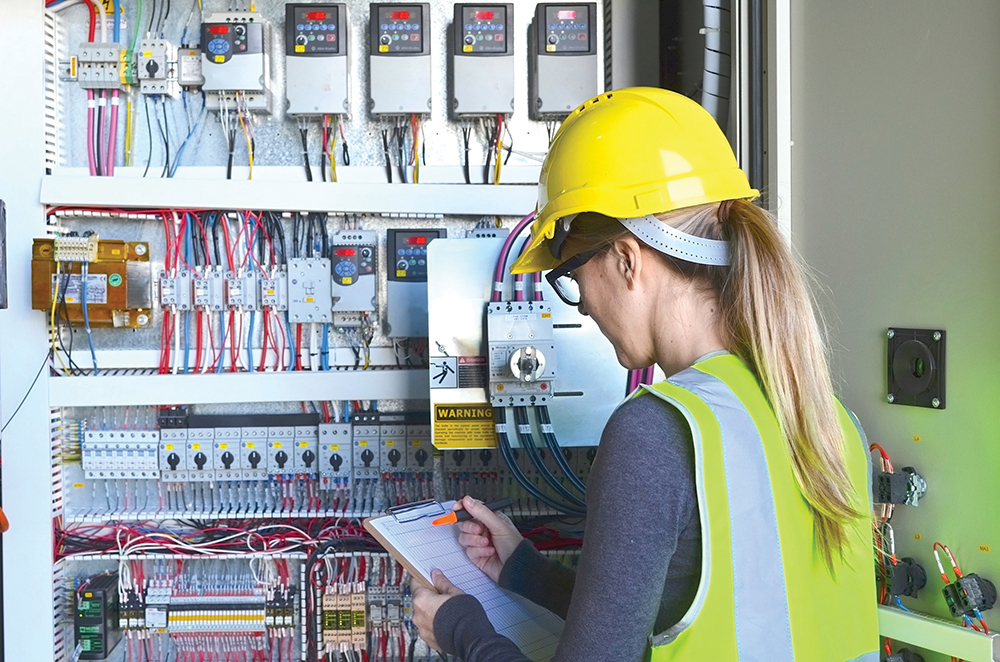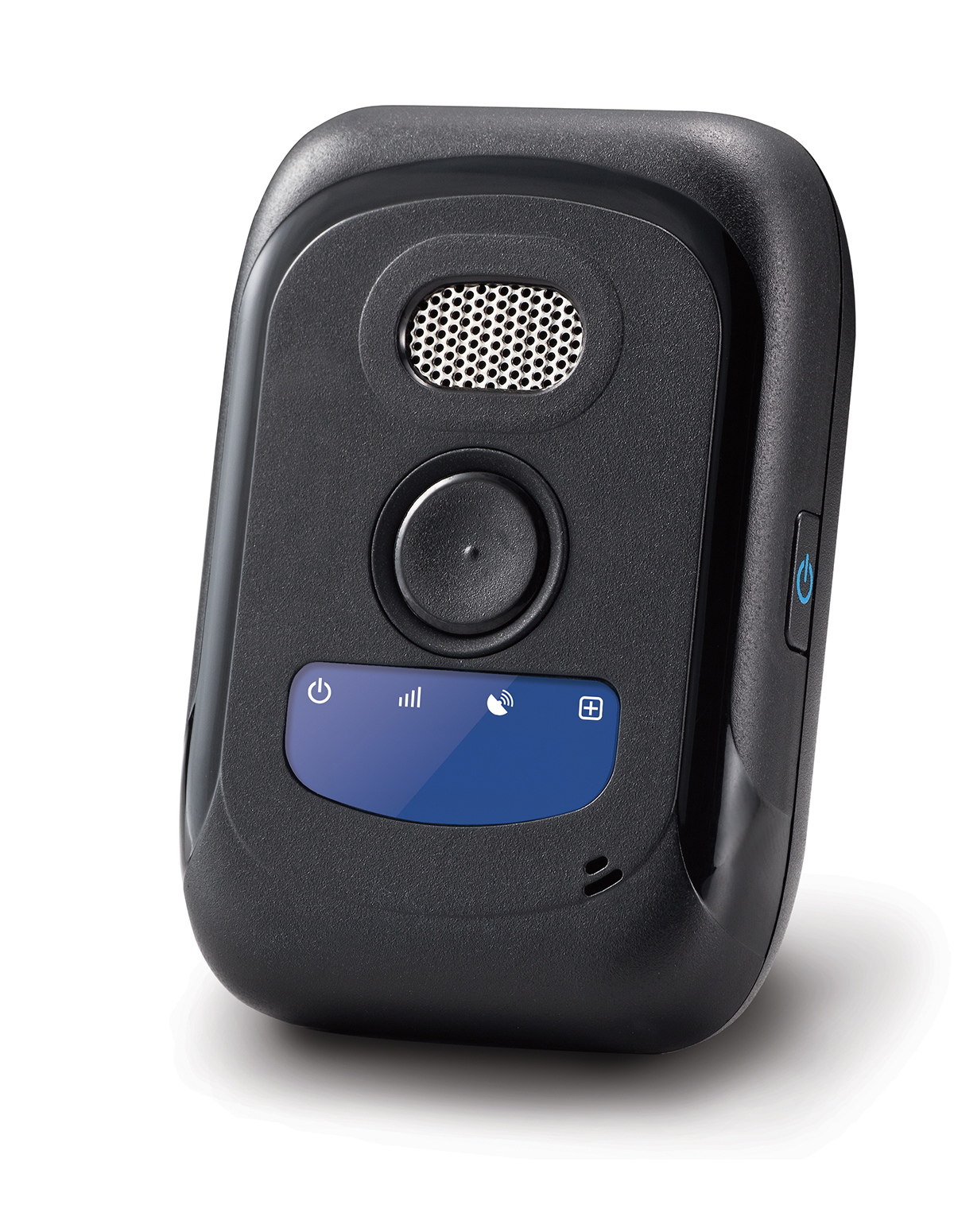The COVID pandemic brought about a great deal of change to the working world. We have seen the typical office settings get shelved in favor of virtual work-from-home methods, we have seen a massive change in the work-life balance priorities of workers, and we’ve seen a major decline in the number of available workers in the construction industry.
All this change has forced companies and municipalities to search for ways to keep productivity up while also dealing with a decreased workforce. One of the emerging methods from the pandemic, as it relates to inspections, has been virtual inspections. Just as office workers are now working from home, electing to use video conferencing methods instead of in-person meetings, so are inspection agencies.
These inspections have proven to be extremely useful and efficient, allowing inspections to be scheduled within as little as a 10-minute time frame, whereas before, the inspector may give a 2 to 4-hour time frame. This has allowed the contractor to use his workforce more efficiently instead of having to pay someone to wait for an inspector for a couple of hours.
In terms of the inspectors, this allows the inspector to perform more inspections per day, as he is eliminating the drive in-between jobs, therefore resulting in faster turn-around times from when the contractor requests inspection to when the inspection takes place. This also allows the inspector to record inspections, which is extremely helpful in the event of an issue further down the line because it enables the ability to go back in time and look at what was there during the time of the inspection.
While there are many benefits to virtual inspections, there are also downfalls. One of which is slow internet speed, which can result in a grainy video that doesn’t allow an adequate inspection to take place. The other is the suitability of these types of inspections for larger jobs. While these inspections may work well for small jobs (such as residential service changes or rough wiring inspections on something like a small porch), they may not be adequate for a large, more involved job.
So, you can see that the option to go to virtual inspections is a tempting one for third-party agencies and municipalities alike. It allows for a great level of flexibility with scheduling and helps to alleviate the pains of being short staffed. If the COVID pandemic has completely re-imagined the way the world works, and inspectors are no different. Going forward, we must be willing to adjust to the changing landscapes in front of us. That may involve setting up virtual inspection procedures, training on new technologies, and the willingness to learn. Those who don’t keep up with technology will get left behind.















Find Us on Socials